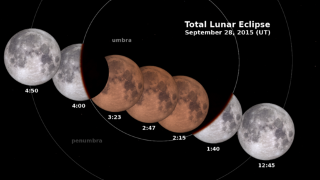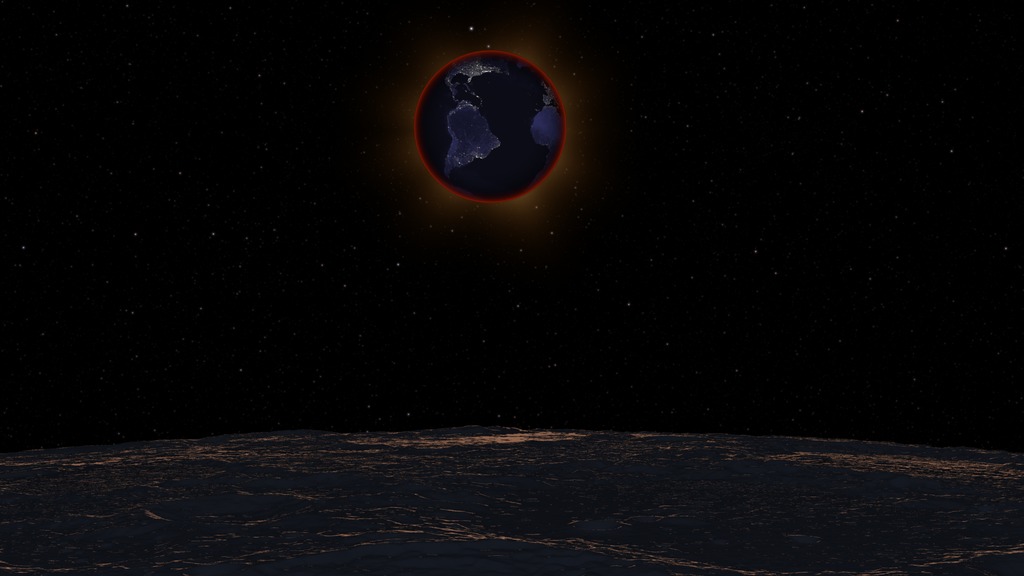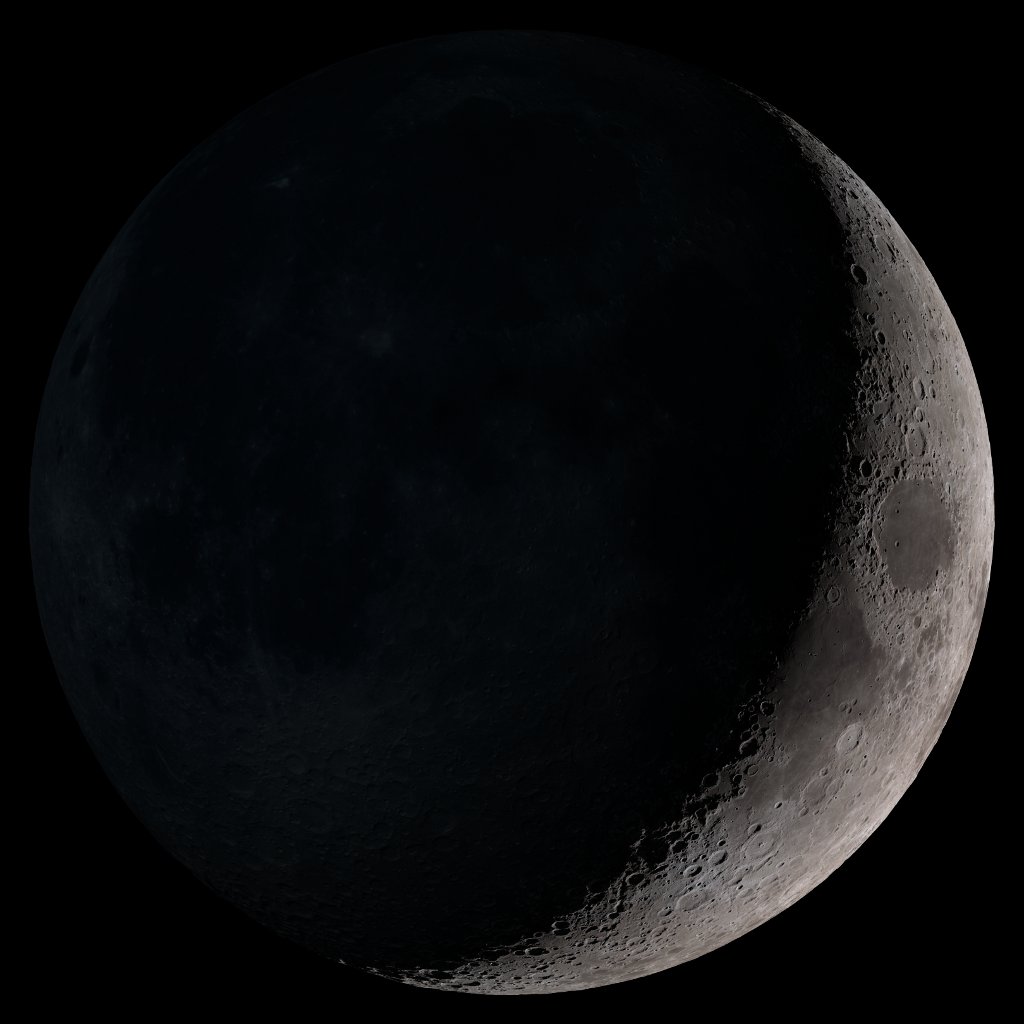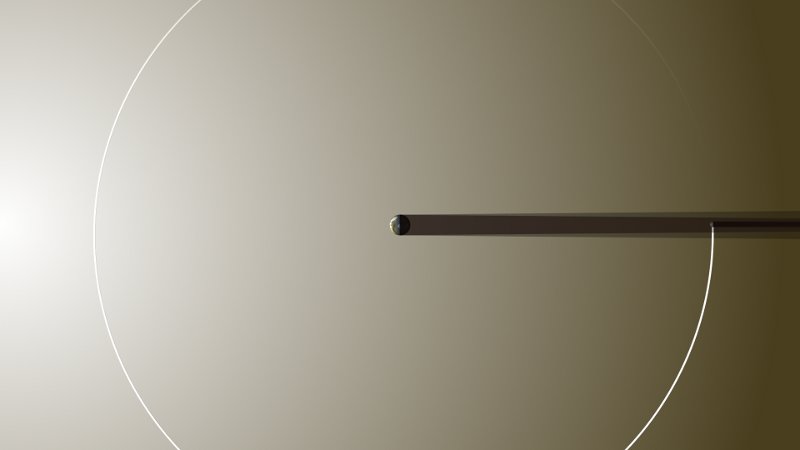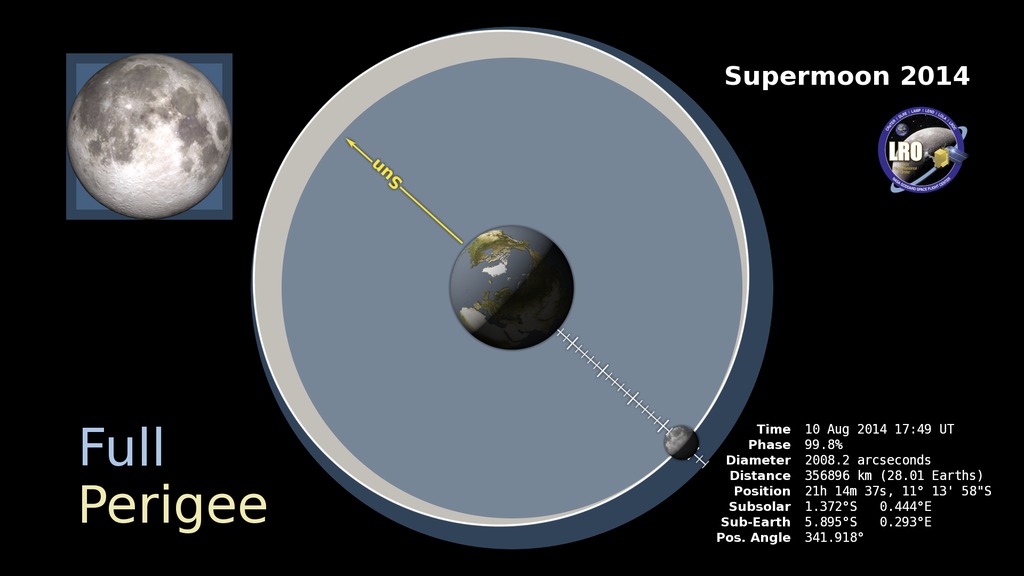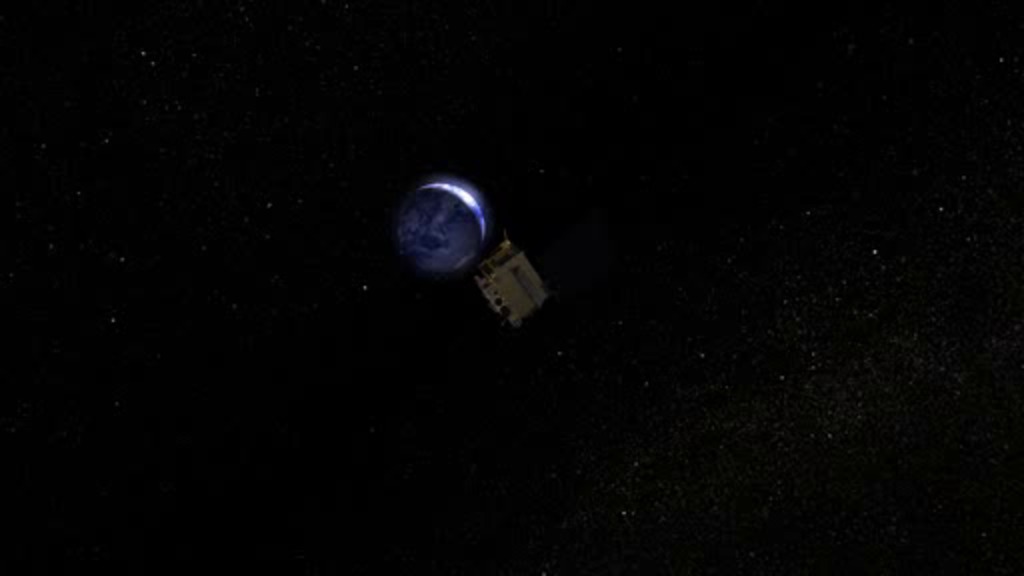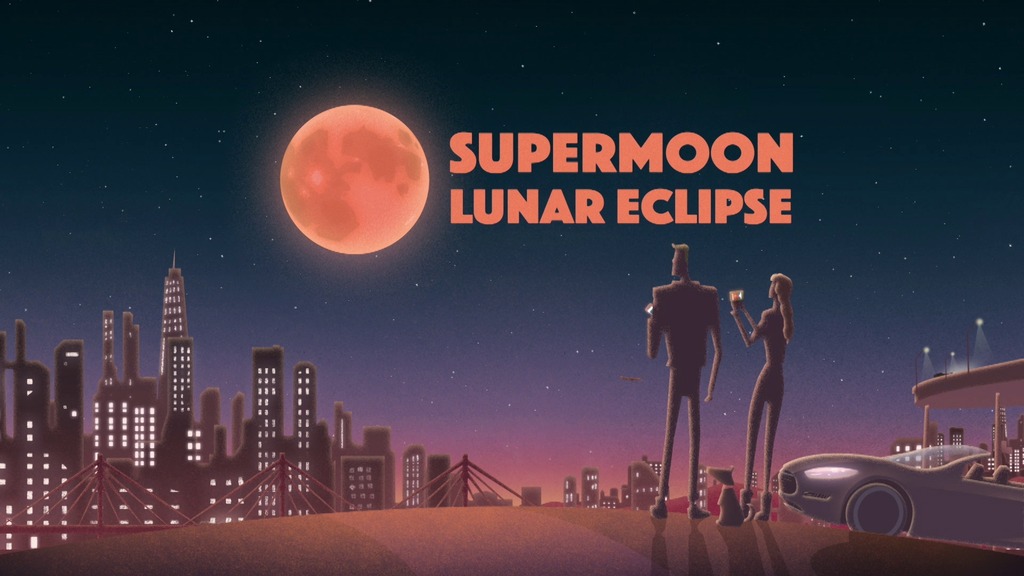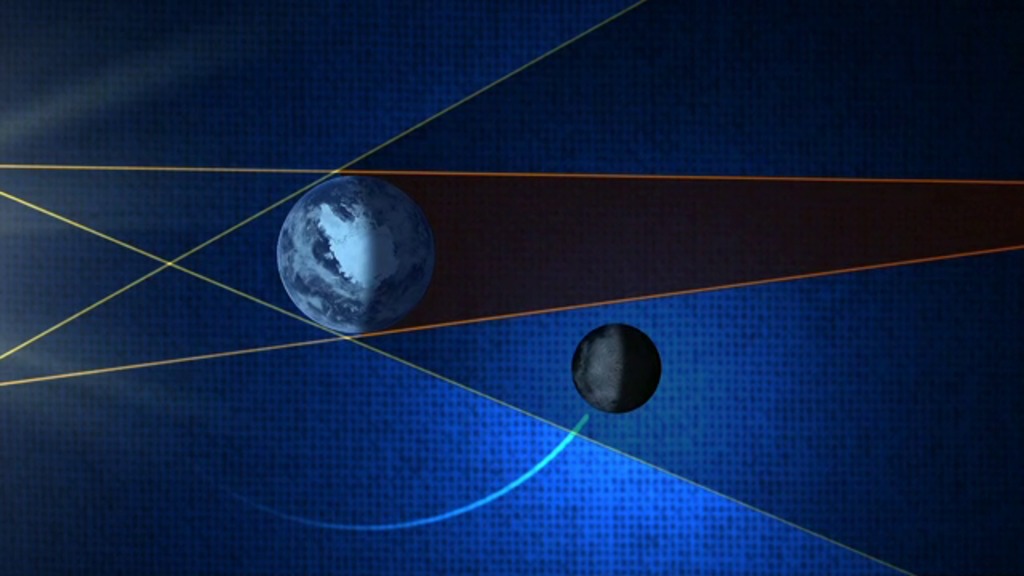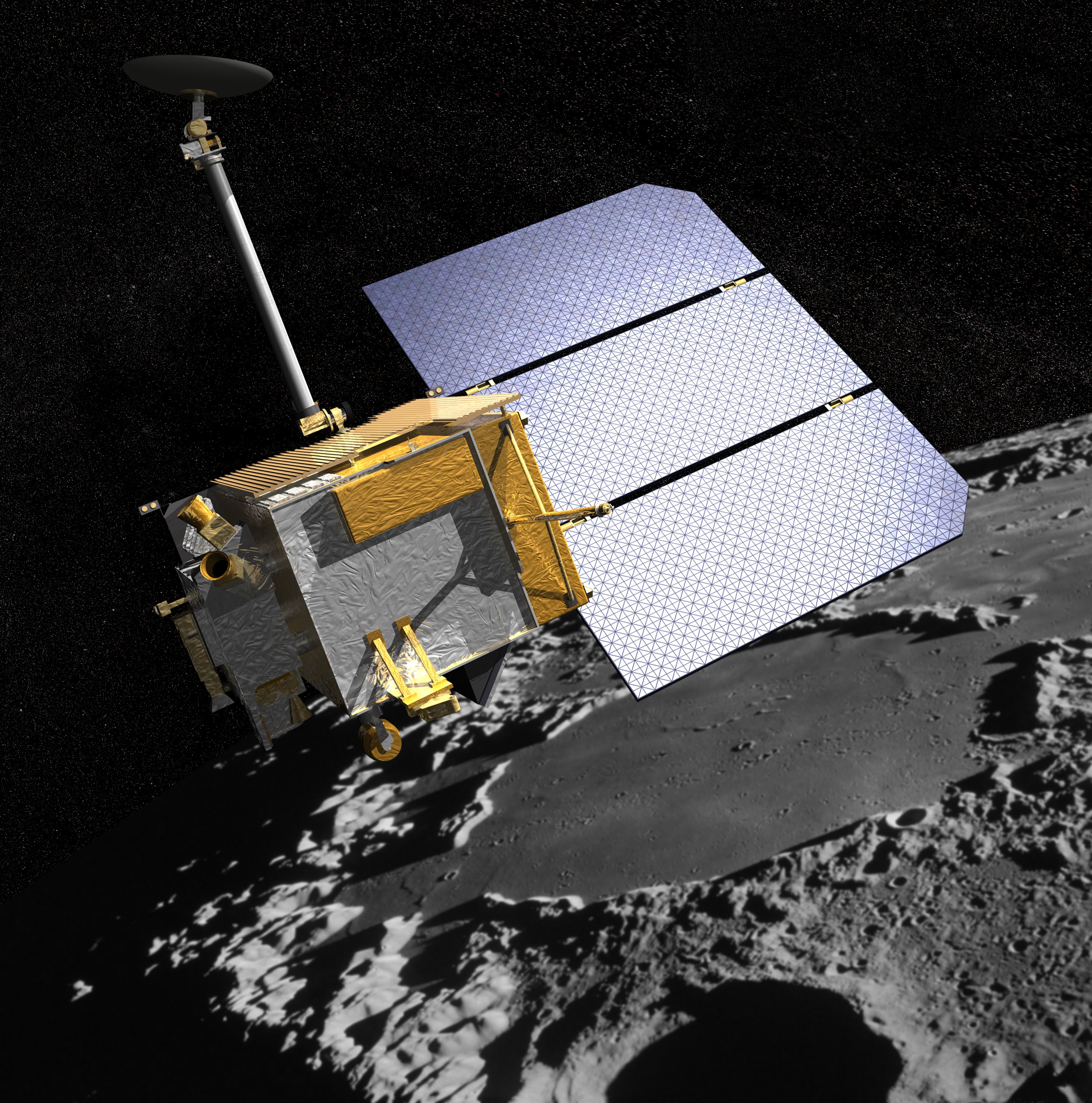Supermoon Lunar Eclipse September 27-28, 2015
Overview
Starting on the night of September 27th, 2015, a supermoon lunar eclipse will occur. This gallery page contains visualizations about this specific event as well as other multimedia items about supermoons, eclipses, and NASA's Lunar Reconnaissance Orbiter (LRO). This page will update weekly - so continue to check here for new items.
Animations and Visualizations
Supermoon Eclipse 2015
Go to this pageThe geometry of the Moon's orbit in motion, from the end of August until the supermoon eclipse on September 27-28, 2015. The inner blue circle shows perigee distance, the outer blue circle shows apogee distance, and the off-center, light gray circle shows the Moon's orbit. Frame sequences with alpha channel are available for the separate elements of the animation.This video is also available on our YouTube channel. || moon.0600_print.jpg (1024x576) [68.6 KB] || moon.0600_searchweb.png (180x320) [35.4 KB] || moon.0600_thm.png (80x40) [4.8 KB] || supermoon_1080p30.mp4 (1920x1080) [4.1 MB] || supermoon_720p30.mp4 (1280x720) [2.4 MB] || fancy (1920x1080) [0 Item(s)] || moon_earth (1920x1080) [0 Item(s)] || orbit (1920x1080) [0 Item(s)] || supermoon_720p30.webm (1280x720) [2.2 MB] || supermoon_360p30.mp4 (640x360) [1.0 MB] || 320x320_1x1_30p (320x320) [0 Item(s)] || 360x230_36x23_30p (360x230) [0 Item(s)] ||
September 27, 2015 Total Lunar Eclipse: Shadow View
Go to this pageUniversal Time (UT). The Moon moves right to left, passing through the penumbra and umbra, leaving in its wake an eclipse diagram with the times at various stages of the eclipse. || eclipse_ut_print.jpg (1024x576) [58.4 KB] || eclipse.0432_searchweb.png (180x320) [40.3 KB] || eclipse.0432_thm.png (80x40) [4.0 KB] || eclipse_ut_1080p30.mp4 (1920x1080) [3.0 MB] || eclipse_ut_720p30.mp4 (1280x720) [1.6 MB] || ut (1920x1080) [0 Item(s)] || eclipse_ut_720p30.webm (1280x720) [1.9 MB] || eclipse_ut_360p30.mp4 (640x360) [597.1 KB] || eclipse_ut_4340.key [4.3 MB] || eclipse_ut_4340.pptx [1.9 MB] ||
LRO and the September 27-28, 2015 Lunar Eclipse: Telescopic View
Go to this pageOn September 28, 2015 (the night of September 27), the Moon enters the Earth's shadow, creating a total lunar eclipse. This visualization simulates the view through a telescope during the eclipse while also showing the position of the LRO spacecraft.
September 27, 2015 Total Lunar Eclipse: View from the Moon
Go to this pageWith the lunar horizon in the foreground, the Earth passes in front of the Sun, revealing the red ring of sunrises and sunsets along the limb of the Earth. The Earth and Sun are in Virgo for observers on the Moon. The bright star above them is beta Virginis.This video is also available on our YouTube channel. || eclipse.0540_print.jpg (1024x576) [77.0 KB] || eclipse.0540_searchweb.png (320x180) [47.4 KB] || eclipse.0540_thm.png (80x40) [3.4 KB] || from_moon_1080p30.mp4 (1920x1080) [7.4 MB] || from_moon_720p30.mp4 (1280x720) [3.2 MB] || 1920x1080_16x9_30p (1920x1080) [0 Item(s)] || from_moon_720p30.webm (1280x720) [3.7 MB] || from_moon_360p30.mp4 (640x360) [967.9 KB] ||
Moon Phase and Libration, 2015
Go to this page|| New: Click on the image to download a high-resolution version with labels for craters near the terminator. The data in the table for the entire year can be downloaded as a JSON file or as a text file. || moon.0001.jpg (730x730) [92.5 KB] || comp.0001.tif (1920x1080) [2.5 MB] ||
Every Moon of 2015
Go to this pageThe moon always keeps the same face to us, but not exactly the same face. Over the course of a month, the amount of sunlight that illuminates its visible surface changes as it orbits our planet. This results in the different phases of the moon seen from Earth. Every 29.5 days, the moon’s complexion cycles between being completely dark and fully lit. Names like new moon, full moon, waxing crescent and waning gibbous describe its appearance at each stage of this cycle. The tilt and shape of the moon’s orbit also alter the angle from which we view its cratered disc and our perception of its size in the night sky. When the moon’s motions over a year are compressed into minutes, it appears to wobble—a feature called libration—and grow or shrink over time. Watch the video to see how the moon will look from the Northern Hemisphere for every day of 2015. ||
Lunar Eclipses and the Moon's Orbit
Go to this pageThe animations on this page illustrate the Moon’s orbit and its role in lunar and solar eclipses. A solar eclipse happens when the Moon’s shadow falls on the Earth, while a lunar eclipse happens when the Earth’s shadow falls on the Moon.Eclipses can only happen at New and Full Moon, when the Earth, Moon, and Sun are all in a straight line. But they don’t happen every New and Full Moon, because the Moon’s orbit is tilted by about 5 degrees. As the Earth and Moon travel around the Sun, the tilt of the Moon’s orbit changes direction relative to the Sun.This is analogous to the way the tilt of the Earth causes seasons. Just like winter and summer happen every six months, eclipses tend to occur on a roughly six-month cycle.Unlike most eclipse shadow diagrams, the first three animations here don’t greatly exaggerate the scale of the Earth and Moon. They are only 2x their true scale. The view is exactly perpendicular to the Earth-Sun line. The angle of the Moon’s orbital tilt and the “tapering” of the shadows are both accurate. The orbit happens to be calculated for the months preceding the April 15, 2014 total lunar eclipse. ||
Supermoon 2014
Go to this pageOn August 10, 2014, the Moon will be full at the same time that it is closest to Earth for the year. This coincidence is sometimes called a supermoon.The Moon's orbit is very slightly elliptical and therefore somewhat off-center relative to the Earth. Each month, the Moon passes through points in its orbit called perigee and apogee, the closest and farthest points from the Earth for that month. Some perigees are a little closer than others. The closest perigee for 2014 occurs on August 10 at around 17:49 Universal Time, when the Moon will be 356,896 kilometers (221,765 miles) away. As it happens, this is only a few minutes before the time of peak full Moon at 18:10 UT, when the Moon's ecliptic longitude differs from the Sun's by exactly 180 degrees.How often does this happen? The period between perigees, called the anomalistic month, is 27.55 days, on average, while the time between Full Moons, called the synodic month, is 29.53 days. These two periods sync up every 413 days, or 1.13 years. 15 anomalistic months are about as long as 14 synodic months, so that's how often the pattern repeats.Recently, a much broader definition of "supermoon" has taken hold. It includes both Full and New Moons, and perigee merely needs to be "close enough," generally within a couple of days. By this definition, there are six or seven supermoons every year, half of which can't be observed. Not so super!The actual shape of the Moon's orbit is another source of confusion. The orbit is often depicted as an almost cigar-shaped ellipse, but this is a misleading exaggeration. If you were to draw the orbit on a sheet of paper, its deviation from a perfect circle would be less than the thickness of your pencil point. The 50,000 kilometer (30,000 mile) difference between perigee and apogee is almost entirely due to the orbit being off-center. The difference between the semimajor and semiminor axes is less than 1000 kilometers (600 miles).The animation begins in mid-July, showing that perigee and Full Moon miss each other by about a day. It then shows apogee on July 28, when the Moon is almost 32 Earth diameters away. It ends on August 10, the day of the supermoon, when the distance to the Moon is 28 Earth diameters. The Moon graphic in the upper left shows the change in the Moon's apparent size as it moves closer and farther in its orbit. (The relative sizes of the Earth and Moon in the main orbit graphic are exaggerated by a factor of 15 to make them more easily visible.) ||
LRO Spacecraft Animations
Go to this page11 animations of the Lunar Reconnaissance Orbiter's (LRO) journey around the Moon. ||
Feature Videos
Supermoon Lunar Eclipse
Go to this pageThis animated video explains a rare event happening on September 27th, 2015 - a supermoon lunar eclipse. For complete transcript, click here.Watch this video on the NASAexplorer YouTube channel. || Supermoon_Lunar_Eclipse_MASTER_youtube_hq_print.jpg (1024x576) [110.5 KB] || Supermoon_Lunar_Eclipse_MASTER_youtube_hq_searchweb.png (320x180) [76.5 KB] || Supermoon_Lunar_Eclipse_MASTER_youtube_hq_thm.png (80x40) [5.4 KB] || Supermoon_Lunar_Eclipse_MASTER_youtube_hq.mov (1920x1080) [248.6 MB] || PRORES_B-ROLL_Supermoon_Lunar_Eclipse_MASTER_prores.mov (1280x720) [1.3 GB] || NASA_TV_Supermoon_Lunar_Eclipse_MASTER.mpeg (1280x720) [328.8 MB] || APPLE_TV_Supermoon_Lunar_Eclipse_MASTER_appletv.m4v (1280x720) [48.2 MB] || WMV_Supermoon_Lunar_Eclipse_MASTER_HD.wmv (1920x1080) [17.2 MB] || Supermoon_Lunar_Eclipse_MASTER.mov (1920x1080) [2.4 GB] || Supermoon_Lunar_Eclipse_MASTER_youtube_hq.webm (1920x1080) [10.2 MB] || APPLE_TV_Supermoon_Lunar_Eclipse_MASTER_appletv_subtitles.m4v (1280x720) [48.3 MB] || Supermoon_Lunar_Eclipse_MASTER_youtube_hq.en_US.srt [1.6 KB] || Supermoon_Lunar_Eclipse_MASTER_youtube_hq.en_US.vtt [1.6 KB] || NASA_PODCAST_Supermoon_Lunar_Eclipse_MASTER_ipod_sm.mp4 (320x240) [18.3 MB] ||
Understanding Lunar Eclipses
Go to this pageWhat can cause the full Moon to quickly darken, then glow red? A lunar eclipse: a striking display of orbital mechanics that occurs when the Moon passes through the Earth's shadow. To learn more, watch the video below. ||
Lunar Eclipse Essentials
Go to this pageWhen the moon passes through the Earth's shadow, it causes the moon to look very unusual for a short period of time. This event is called a lunar eclipse, and it occurs roughly twice a year. Learn more about how lunar eclipses work in this video!These videos and animations are available in both standard formats as well as stereoscopic 3D for those who can view it. We've included left and right eye clips, a side-by-side version, and an anaglyph (red/blue) version of the narrated video, and left and right eye clips for each of the animations. The labels next to each link will help you pick! ||
Driving A Lunar Spacecraft
Go to this pageThis video explains how NASA operates the Lunar Reconnaissance Orbiter spacecraft around the Moon.For complete transcript, click here.Watch this video on the NASAexplorer YouTube channel. || DrivingLROThumbnail3_print.jpg (1024x576) [65.3 KB] || DrivingLROThumbnail3_searchweb.png (320x180) [41.3 KB] || DrivingLROThumbnail3_thm.png (80x40) [4.3 KB] || YOUTUBE_HQ_G2015-039_Driving_A_Lunar_Spacecraft_MASTER_youtube_hq.mov (1280x720) [632.8 MB] || G2015-039_Driving_A_Lunar_Spacecraft_MASTER.mov (1280x720) [4.3 GB] || NASA_TV_G2015-039_Driving_A_Lunar_Spacecraft_MASTER.mpeg (1280x720) [1.1 GB] || WMV_G2015-039_Driving_A_Lunar_Spacecraft_MASTER_1280x720.wmv (1280x720) [154.1 MB] || APPLE_TV_G2015-039_Driving_A_Lunar_Spacecraft_MASTER_appletv.m4v (1280x720) [162.8 MB] || WEBM_G2015-039_Driving_A_Lunar_Spacecraft_MASTER.webm (960x540) [129.9 MB] || DrivingLROThumbnail3.tif (1280x720) [874.0 KB] || G2015-039_Driving_A_Lunar_Spacecraft_MASTER.webm (1280x720) [34.5 MB] || APPLE_TV_G2015-039_Driving_A_Lunar_Spacecraft_MASTER_appletv_subtitles.m4v (1280x720) [163.0 MB] || G2015-039_Driving_A_Lunar_Spacecraft.en_US.srt [5.5 KB] || G2015-039_Driving_A_Lunar_Spacecraft.en_US.vtt [5.6 KB] || G2015-039_Driving_A_Lunar_Spacecraft_MASTER_lowres.mp4 (480x272) [43.3 MB] || NASA_PODCAST_G2015-039_Driving_A_Lunar_Spacecraft_MASTER_ipod_sm.mp4 (320x240) [58.0 MB] ||
Moon Phase and Libration, from the Other Side
Go to this pageThis narrated video introduces two views of the Moon's far side. Transcript.This video is also available on our YouTube channel. || opposite.0820_print.jpg (1024x576) [158.8 KB] || opposite.0820_thm.png (80x40) [5.8 KB] || G2015-013_ViewfromOtherSide_MASTER_youtube_hq.mov (1280x720) [75.4 MB] || G2015-013_ViewfromOtherSide_MASTER_1280x720.wmv (1280x720) [50.7 MB] || G2015-013_ViewfromOtherSide_MASTER_appletv.m4v (960x540) [43.3 MB] || G2015-013_ViewfromOtherSide_MASTER_appletv.webm (960x540) [13.8 MB] || G2015-013_ViewfromOtherSide_MASTER_appletv_subtitles.m4v (960x540) [43.2 MB] || G2015-013_ViewfromOtherSide_MASTER_nasaportal.mov (640x360) [34.9 MB] || G2015-013_ViewfromOtherSide_MASTER_ipod_lg.m4v (640x360) [19.0 MB] || G2015-013_ViewfromOtherSide.en_US.srt [2.0 KB] || G2015-013_ViewfromOtherSide.en_US.vtt [2.0 KB] || G2015-013_ViewfromOtherSide_MASTER_prores.mov (1280x720) [1.5 GB] || G2015-013_ViewfromOtherSide_MASTER_ipod_sm.mp4 (320x240) [9.0 MB] ||
Need To Know: Lunar Eclipse and LRO
Go to this pageOn April 15th, 2014 there will be a total lunar eclipse visible from North America. Noah Petro, LRO Deputy Project Scientist, discusses this unique event and what effect it will have on the Lunar Reconnaissance Orbiter (LRO). ||
Live Shots & Related B-roll
Supermoon Eclipse 2015 Live Shots Interviews And B-roll
Go to this pageInterview with Noah Petro - LRO Deputy Project Scientist || Noah_Petro_-Supermoon_Eclipse.png (1120x634) [1.1 MB] || Noah_Petro-Supermoon_Eclipse_print.jpg (1024x579) [113.0 KB] || Noah_Petro-Supermoon_Eclipse_searchweb.png (320x180) [103.6 KB] || Noah_Petro-Supermoon_Eclipse_thm.png (80x40) [9.9 KB] || Noah_Petro-Supermoon_Eclipse.webm (960x540) [146.3 MB] || Noah_Petro_Supermoon_Eclipse.en_US.vtt [7.1 KB] || Noah_Petro_Supermoon_Eclipse.en_US.srt [7.1 KB] || Noah_Petro-_Supermoon_Eclipse.mov (1280x720) [4.5 GB] ||
Supermoon 2013
Go to this pageDr. Michelle Thaller answers questions about what a Supermoon is and talks about how NASA is studying the moon with the Lunar Reconnaissance Orbiter ||
LRO - Animation Stills (High Resolution)
Go to this pageCustom stills for print, suitable for framing. || LRO7-Apollo-PRINT1 || LRO7-Apollo-PRINT1-notag.jpg (2340x2364) [1.9 MB] || LRO7-Apollo-PRINT1-notag_web.png (320x323) [498.7 KB] || LRO7-Apollo-PRINT1-notag.tif (2340x2364) [15.9 MB] ||

